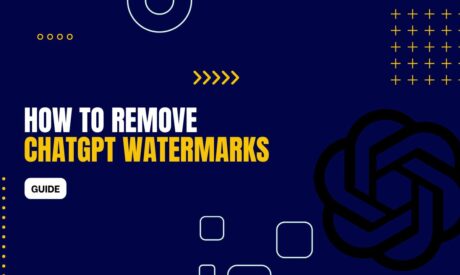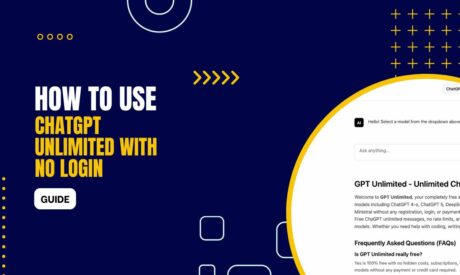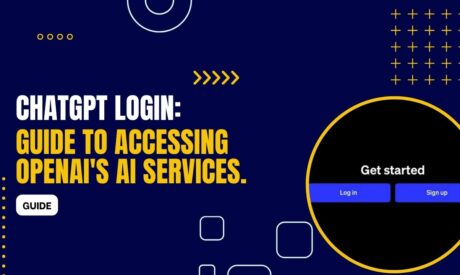Does Chat GPT Plagiarize? This question has sparked a significant debate in the realms of academia, content creation, and technology. As the use of Chat GPT and similar AI tools becomes more widespread, understanding their implications on originality and intellectual property becomes crucial.
This article seeks to explore the intricate relationship between AI-generated content, particularly that produced by Chat GPT, and the traditional notions of plagiarism.
Does Chat GPT Plagiarize?
No, Chat GPT does not plagiarize in the conventional sense. It generates content based on patterns and information learned during its training, but it does not copy text directly from specific sources.
Understanding Chat GPT's Content Generation
Chat GPT operates on a complex algorithm trained on a vast corpus of text. This training enables it to produce content that is often novel and tailored to specific prompts. However, the key here is understanding that Chat GPT's responses are synthesized from a broad understanding of language and information, not from retrieving and copying specific passages of text.
The Nature of AI-Generated Content
The content generated by Chat GPT is the result of intricate processing, where the model predicts the most relevant and coherent response based on its training. This process is fundamentally different from human plagiarism, which involves deliberately copying someone else's work without attribution. Chat GPT's approach is more akin to a student who has studied a wide range of materials and then creates an essay based on their integrated understanding of these materials.
AI Plagiarism: A New Concept?
As we consider the capabilities of Chat GPT, we must also ponder over what plagiarism means in the context of AI. The traditional definition of plagiarism may not fully encompass the nuances of AI-generated content. With AI, it's less about the copying of exact text and more about how it synthesizes information to create something that might closely resemble existing content.
Chat GPT's Unique Challenges
While Chat GPT does not plagiarize in the traditional sense, its use does present new challenges. For instance, if Chat GPT generates content that is remarkably similar to existing material, it could raise concerns about originality. This scenario necessitates a deeper understanding and perhaps a redefinition of originality and creativity in the age of AI-generated content.
Can Universities Detect ChatGPT?
Yes, universities can detect content generated by Chat GPT, but it's challenging. They employ various tools and methods, which are evolving to better identify AI-generated content.
Can Turnitin detect ChatGPT?
Partially, yes. Turnitin can potentially detect content generated by Chat GPT, but its ability to do so consistently and accurately is still evolving.
How to Use ChatGPT Without Plagiarizing
Using Chat GPT in academic and professional writing without falling into the trap of plagiarism is both a skill and a responsibility. It involves understanding the capabilities of Chat GPT and integrating them effectively and ethically into your writing process.
Guidelines for Responsible Use
- Source Attribution: When using Chat GPT, always attribute sources if the generated content is closely based on specific information or ideas from your input. This practice is crucial in maintaining transparency.
- Supplement, Don't Replace: Use Chat GPT as a tool to supplement your original thoughts and ideas. It should aid in the writing process, not replace your unique voice and analysis.
- Cross-Checking for Originality: After generating content with Chat GPT, cross-check the output for originality. Tools like Turnitin can help ensure that the AI-generated content does not closely mimic existing sources.
- Incorporate Critical Thinking: Infuse your critical thinking into the content. Edit and modify the AI-generated text to reflect your analysis and perspective, making the final output distinctively yours.
Strategies to Ensure Originality
- Customization: Personalize the prompts you give to Chat GPT. Specific and detailed prompts are more likely to yield unique outputs.
- Layered Research: Combine information from Chat GPT with your research. This approach enriches the content and reduces the risk of producing something that is not original.
- Diverse Sources: Reference multiple sources and viewpoints in your work. This practice enriches your content and minimizes the risk of accidental plagiarism.
The Importance of Human Oversight
While Chat GPT is a powerful tool, human oversight is irreplaceable. It is essential to critically assess and refine the AI-generated content. This oversight ensures that the final product is not just original but also aligns with your intended message and quality standards.
Is AI-Generated Content Guarantee Plagiarism-Free Material?
The advent of AI technology in content creation brings forth the crucial question: Does AI-generated content ensure that the material is free from plagiarism? Understanding the nuances of AI-generated content, particularly in the context of plagiarism, is essential for content creators, educators, and consumers.
AI and Originality
AI tools like Chat GPT create content based on patterns learned from vast datasets. This process, fundamentally, is about synthesizing information rather than copying it verbatim. In theory, this means that AI has the potential to generate unique content that doesn't directly plagiarize existing sources. However, the reality is more complex.
The Gray Area of AI-Generated Content
While AI can produce unique content, the risk of unintentionally creating text that closely mirrors existing material still exists. AI models may inadvertently reproduce phrases, ideas, or structures found in their training data, leading to outputs that might resemble existing content. Therefore, while AI-generated content is not plagiarized in the traditional sense of directly copying, it can sometimes blur the lines of originality.
The Role of Human Oversight
This ambiguity underscores the importance of human oversight in AI-generated content. Humans can review and modify AI outputs to ensure that the final product is not only free from direct plagiarism but also maintains a level of originality and creativity that AI alone might not achieve.
Plagiarism Detection Tools and AI Content
Plagiarism detection tools, like Turnitin, are evolving to identify patterns characteristic of AI-generated text. However, these tools typically look for verbatim matches or very close paraphrasing. They might not always be effective in detecting subtle similarities or the nuanced rephrasing common in AI-generated content.
AI Ethical Use and Plagiarism
The ethical use of AI in content creation involves acknowledging its limitations and potential risks in terms of plagiarism. It's about striking a balance between leveraging AI's capabilities and ensuring the authenticity and originality of the content produced.
Can Google detect Chat GPT?
Google does not have a specific tool designed solely for detecting Chat GPT-generated content. However, Google's advanced algorithms and tools for analyzing web content may indirectly identify patterns or characteristics typical of AI-generated text, including that produced by Chat GPT.
Read More: Chat GPT Login: Guide to Accessing OpenAI’s AI Services.
Ludjon, who co-founded Codeless, possesses a deep passion for technology and the web. With over a decade of experience in constructing websites and developing widely-used WordPress themes, Ludjon has established himself as an accomplished expert in the field.









Comments